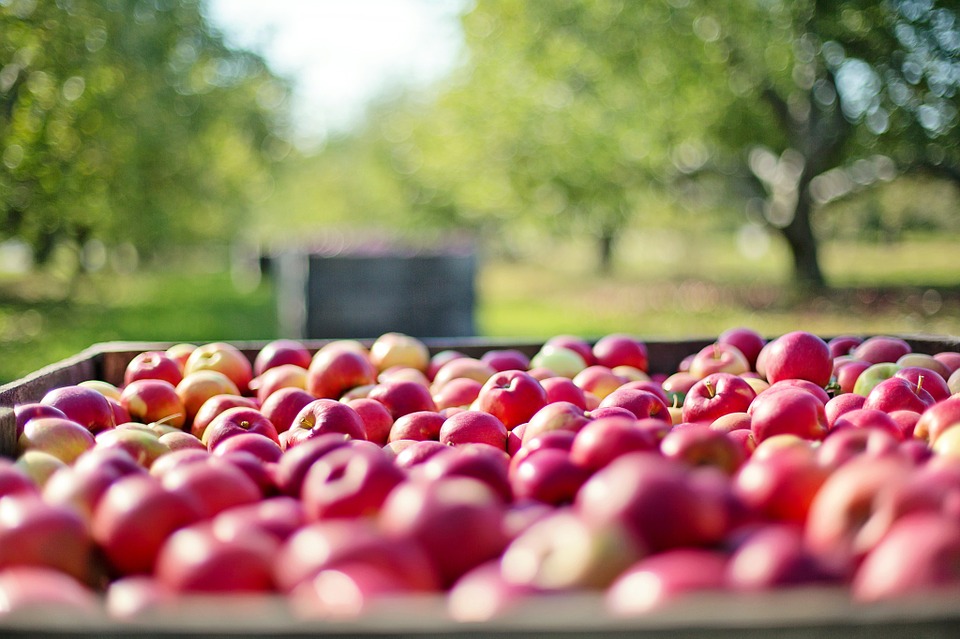
Food Distribution Software: What to Look For
Posted on 14th Dec 2018
Key Features:
Article By: Blue Link
- Lot Tracking
- Landed Cost Tracking
- Multiple Units of Measurement
- Flexible Pricing
Lot Tracking
This facilitates robust product traceability functionality in order to keep records of which customers received specific groups of items or shipments. The supplier and the date that items were purchased are also referenced, allowing managers to track an individual group of products throughout the supply chain, ultimately from supplier to end customer. This functionality is especially important to food distributors as it is a key competency in achieving FDA/ISO/CFIA compliance. Many companies in the food distribution industry rely on lot tracking to track internal and external lot numbers, manage best before and expiry dates, as well as simplify product recalls and warnings in case of an emergency.
Landed Cost Tracking
Landed cost tracking allows a food distribution company to account for all the costs associated with getting inventory from a supplier to their warehouse. This allows a company to arrive at its ‘true inventory costs’, which may include duty, brokerage, freight, insurance, and storage, in addition to the cost of the inventory itself. Landed cost tracking provides important information to business owners and decision makers when making purchasing and pricing decisions, as well as aids in maintaining target gross margins by accounting for the total inventory cost, and not just a sub-section of it.
Multiple Units of Measure
Due to the nature of the products, food items are often purchased and sold using different units of measure. For example, a company may buy and sell the same products by weight, units, volume, etc. – and an effective software optimized for food distribution should be able to account for the variance.
Flexible Pricing:
When investing in a food distribution software system for your company, flexible pricing should be a consideration. Your software should automatically allow for different prices for different customers. For example, the option should be available for customer specific discounts for preferred customers or quantity discounts to customers who purchase a defined quantity of product. It is also important to be able to quickly adjust prices in the system based on changes to market prices – a common occurrence in the food industry.
These are just a few of the features that most food distribution companies find useful in a software system. In addition to the basic inventory and accounting features that most companies will need, lot tracking, landed cost tracking, multiple units of measurement and flexible pricing provide a strong foundation for food distribution companies. It is important for companies to carefully evaluate potential software vendors to ensure that their solution encompasses the features outlined above, as well as any additional features that are identified throughout a detailed sales and implementation process.
